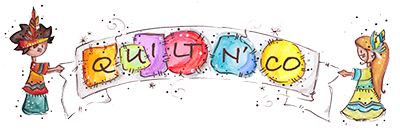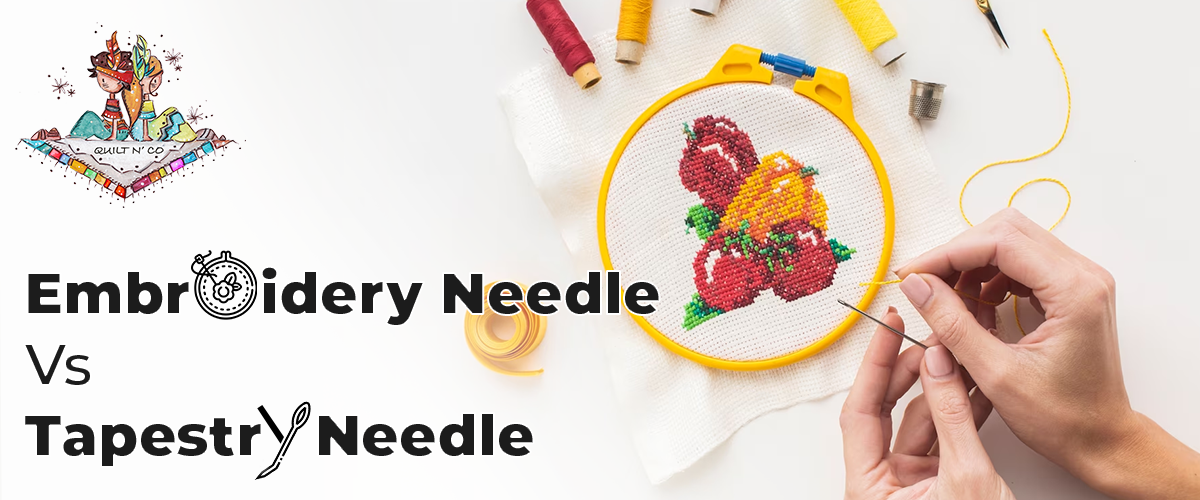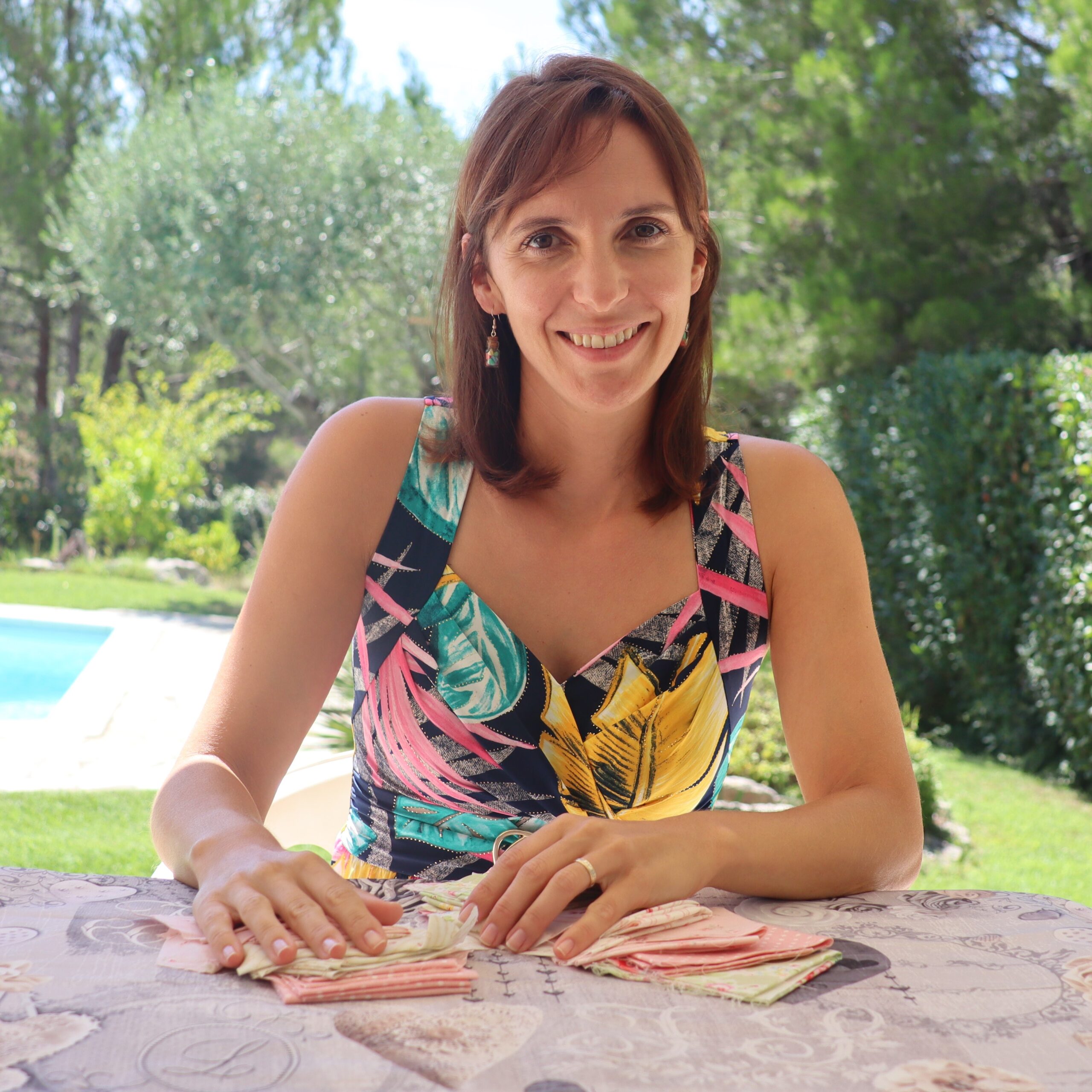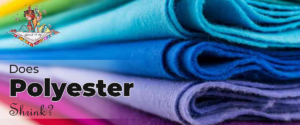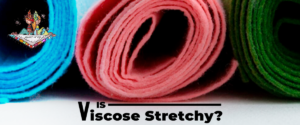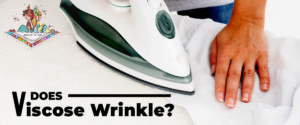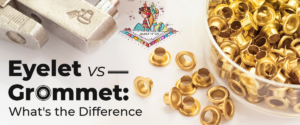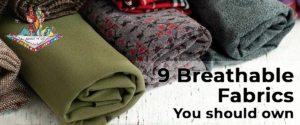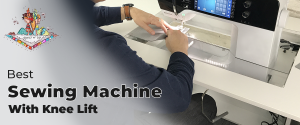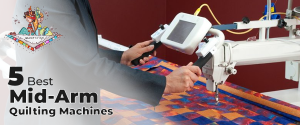Depending on the type of hand needlework, textile and floss you plan to use, a suitable needle will make or break your project. It is necessary to pick a fine rate needle; the better the needle, the more manageable and additional attractive it will be for your finalized needlework assignment.
Embroidery needles are the lighter, usually elongated with a very intense point in demand to proceed smoothly via needlework suitable cloth (muslin, cotton, linen, or osnaburg). At the same time, tapestry needles include a big gape, a blunt pinpoint that performs satisfactorily with canvas works or leaned cross-stitch on Aida textile.
According to the length of the floss, the proper length needle can be utilized to make the appropriate stitch and depart a small hollow once you drive the needle via the cloth. Here we will examine two sorts of needles usually used for embellishing or beautifying fabric: embroidery and tapestry.
Are Tapestry Needles the Same as Embroidery Needles?
Your needle should flow via the material without requiring a pull to bring it through because this forces friction on the cord, splitting it down and generating fuzzies. The needle should also not be so extensive that it exits a gap in the textile after handing the thread across.
Embroidery needles have pointed tips and more prominent eyes than standard sewing needles, so your eyesight can accommodate embroidery cords. The pointy tips enable the needle to pierce tightly woven embroidery materials and handles. They are also occasionally guided as crewel needles, as you can utilize them for crewel embroidery.
Tapestry Needles have faded points, also called ball-pointed needles, and you should use them when the needle requires it to descend in between cords in the cloth rather than punch the material.
Comparison Between Embroidery Vs. Tapestry Needle:
| Embroidery Needle | Tapestry Needle | |
| Sizes | 1-12 | 13-28 |
| Material | They are used for general surface embroidery and crewel work. | Counted threads are commonly used for cross-stitch (cross-stitch, blackwork) and needlepoint. |
| Features | a Long eye, somewhat thinner shaft, and blunt tip. | It has a medium-length eye, a thinner shaft than the eye, and a sharp tip. |
| Color Codes | Uncolored | Have two Bands of colors |
| Sewing Machines Type | Embroidery machines | Fabric sewing machine |
Also, check out our detailed guide about the color codes of sewing machine needles.




What Are Embroidery Needles?
Embroidery needles have a medium-long eye, a shaft marginally slender than the eye (the eye swells somewhat at the highest point of the shaft), and a sharp tip.
Their sharp tip makes them ideal for penetrating firmly woven ground texture, and their somewhat longer eye obliges weaving strings of different loads. These needles come in sizes 1-12, one being the biggest and 12 being the best.
History of Embroidery Needles
Utilizing needles in artistic expression, which developed from the more down-to-earth need to sew, has a more challenging start. The earliest illustration of weaving was found in Russia, dating around 30,000 years prior.
However, it is generally acknowledged that it first developed weaving in South/Central Asia and the Middle East. Text documentation from China during the Warring States Period, around 220 BCE, portrays the act of ‘making adornments with a needle.’
Where Are Embroidery Needles Used?
What Are Tapestry Needles Used for? You can use them for general surface weaving, crewelwork, goldwork, whitework, and any weaving procedure requiring a sharp needle.
The multiple strands of weaving floss make embroider needles easier to use. The end has a sharp point, making it incredible to use on texture with a tighter wind for surface weaving.
Why Embroidery Needles Are Important?
The long eye of embroidery needles makes stringing the needle a great deal more straightforward while utilizing numerous strands of string. The most well-known sizes used to weave are sizes 7 and 9.
Due to their colossal eye, these needles are reasonable for general sewing. They are great for individuals who experience issues seeing a needle opening.
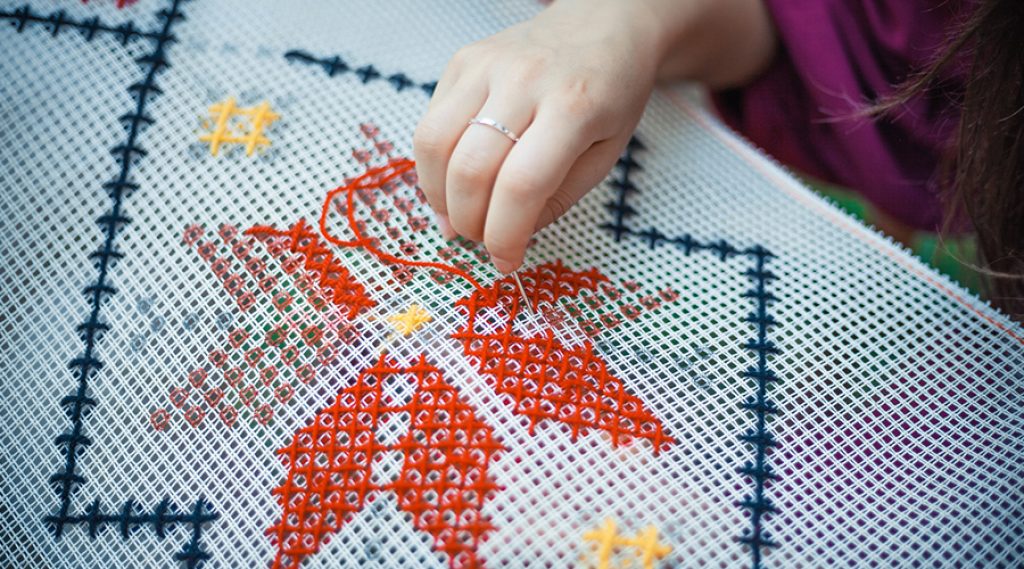
What Are Tapestry Needles?
What Is Tapestry Needle? Tapestry needles have a long eye, a shaft marginally slender than the eye (the eye swells somewhat at the highest point of the needle), and a dull or blunt tip.
History of Tapestry Needle
The Tapestry needle artwork is especially significant for portraying the Normans’ ensemble, arms, and activities previously and during the victory. It gives a more substantial number of subtleties of the occasions addressed than is contained in contemporary writing. The embroidered artwork resides in an extraordinarily built exhibition hall in Bayeux.
The present-day style of needlepoint embroidery dealt with a material foundation created in the mid-nineteenth century in Berlin. Early ‘Berlin work’ designs were imprinted on paper and hand-hued and were intended to be followed on to the material by the stitcher herself.
Where Are Tapestry Needles Used?
You can utilize a Tapestry needle fundamentally for counted string work (cross-fasten, blackwork) and needlepoint, or any embroidery on texture or material with open openings that figure out where each line goes. Woven artwork needles are likewise utilized for whipping or binding weaving lines.
Why Are Tapestry Needles Important?
The dull or blunt tip of the tapestry needle assists us with trying not to penetrate the texture strings while we line. The dull end of the needle helps us with trying not to catch the establishment lines.
Whipped and laced bound can be worked without a woven artwork needle. If the needle has a sharp tip, pass it eye-first under the establishment joint.
How to Use a Tapestry Needle?
A tapestry needle is a specialized needle used in the art of tapestry, a form of needlework that involves weaving threads through a mesh canvas to create a design. To use a tapestry needle, thread it with the chosen yarn or thread, and then weave it through the holes of the canvas following the pattern or design.
The blunt tip of the tapestry needle prevents it from damaging the canvas or the thread. The larger eye of the tapestry needle can accommodate thicker yarns and multiple strands of thread, making it suitable for creating textured designs. Tapestry needles can also be used in other forms of needlework such as embroidery, needlepoint, and cross-stitching.
Can You Use Embroidery Needles Instead of Tapestry Needles?
The needles utilized in Tapestry and Embroidery are not something very similar. For the most part, there are explicit sorts of hands that you will require for both your cross stitch and weaving projects.
Without the correct needle, you will not get the exact impact for your task. Essentially, the size, eye, and tip of a needle matter, generally, regardless of whether you are doing cross join or weaving.
As far as the needle tip, tapestry needles are round and have gruff finishes. Unlike tapestry needles, weaving needles have sharp ends. In both Tapestry and weaving, this trademark assumes an indispensable part in creating the nature of a design you are searching and working for.
Frequently Asked Questions
Cross stitch needles are shorter and have a rounded tip, while needlepoint needles are longer and have a sharp tip, for piercing canvas fibers.
Conclusion
It would be best if you remembered that there is no outright equation or rule for what size needle you have to use for exact strings. While there are some general guidelines that it may offer, the determination of the needle often depends on private inclination – what needle would you say you are OK with within this sewing circumstance? After some time, it turns out to be natural to realize what size needle will work best.
